Russia accuses Ukraine of sending ‘saboteurs’ around Zaporizhzhia nuclear plant
Russia has accused Ukraine of deploying up to 60 “saboteurs” to the Zaporizhzhia nuclear plant ahead of a visit by UN inspectors.
A 14-member team from the International Atomic Energy Agency (IAEA) is due to visit the Zaporizhzhia nuclear power plant, Europe’s largest nuclear facility, as they seek to safeguard the site amid artillery shelling that has prompted global fears of disaster.
For weeks now, Ukraine and Russia have accused each other of endangering the Zaporizhzhia plant’s safety with shelling or drone strikes, risking a Chernobyl-style radiation disaster.
On Thursday, the Russian Defense Ministry accused Ukraine of deploying as many as 60 “saboteurs” to the facility ahead of the visit by UN inspectors, adding that Russian troops had taken “measures to annihilate the enemy.”
The head of the Ukrainian military administration of Nikopol, across the Dnieper River from the Zaporizhzhia plant, said Russian forces were shelling near the plant to try to give the IAEA the impression that Ukraine was attacking it.
Russia has denied Ukrainian assertions of reckless behavior, questioning why it would shell a facility where its own troops are garrisoned as what it calls a security detail.
The complex has been occupied by Russian forces but run by Ukrainian engineers since the early days of the six-month-old war. World leaders have demanded that the IAEA be allowed to inspect the site.
Dmytro Orlov, mayor of Energodar, the city housing the plant, published photos of damaged buildings in the Russian-occupied territory with smoke spiraling above them on Telegram. Moscow’s troops “shelled Energodar with mortars and used automatic weapons and rockets,” he said.
“We demand that Russia stops its provocations and gives the IAEA access to this Ukrainian nuclear installation,” Orlov said.
On the other hand, Russian foreign ministry spokeswoman Maria Zakharova said during a briefing on Wednesday that “the Ukrainian side’s attempts to muddy the progress of the IAEA international mission and the use of increasingly heavy weapons negate all the statements uttered by the regime that Kiev is allegedly interested in a successful visit by Rafael Grossi.”
“We expect that the agency’s representatives will be able to examine the situation on the ground and in every detail, to assess the consequences of the inhumane Ukrainian strikes at the objects and facilities located at this site,” she added.
“We hope that the plans of Ukrainian strategists to once again obstruct the IAEA mission will not come to fruition, and that the mission will take place. A different development could be viewed as nothing but an admission of guilt by the Kiev regime,” Zakharova said.
The diplomat underscored that the presence of the IAEA mission at the Zaporozhye nuclear power plant will make it possible to improve the situation and compel the Ukrainian forces “to come to their senses” and stop the shelling of the power plant and the adjacent territories.
The IAEA mission arrived in the southern city of Zaporizhzhia, located 55 km (34 miles) from the plant, on Wednesday and Ukraine’s Defense Ministry said the inspectors were scheduled to visit the nuclear plant on Thursday.
“My mission is... to prevent a nuclear accident and preserve the largest nuclear power plant in Europe,” IAEA director general Rafael Grossi told reporters.
Grossi said the “real work” will start on Thursday and underscored the challenges ahead. “We are going to try to establish a permanent presence for the agency,” he added.
Iran: US airstrikes on Yemen war crimes, violation of international law
Yemeni armed forces down F-18 fighter jet, repel US-UK attack: Spokesman
Iran warns against US-Israeli plot to weaken Muslims, dominate region
VIDEO | Public uproar in US against Israeli regime
‘Ghost town’: 70% of Jabalia buildings destroyed by Israel
Mother’s Day: Sareh Javanmardi’s inspiring journey as Paralympic champion and mother
Russia downs over 40 Ukrainian drones as Putin vows 'destruction' on Kiev
VIDEO | Yemen: A bone in Israeli neck


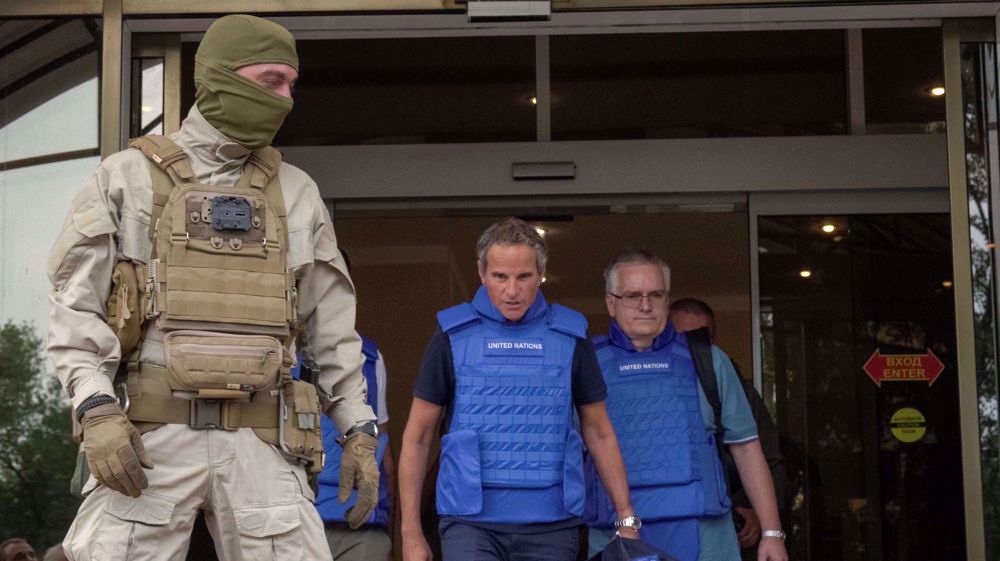
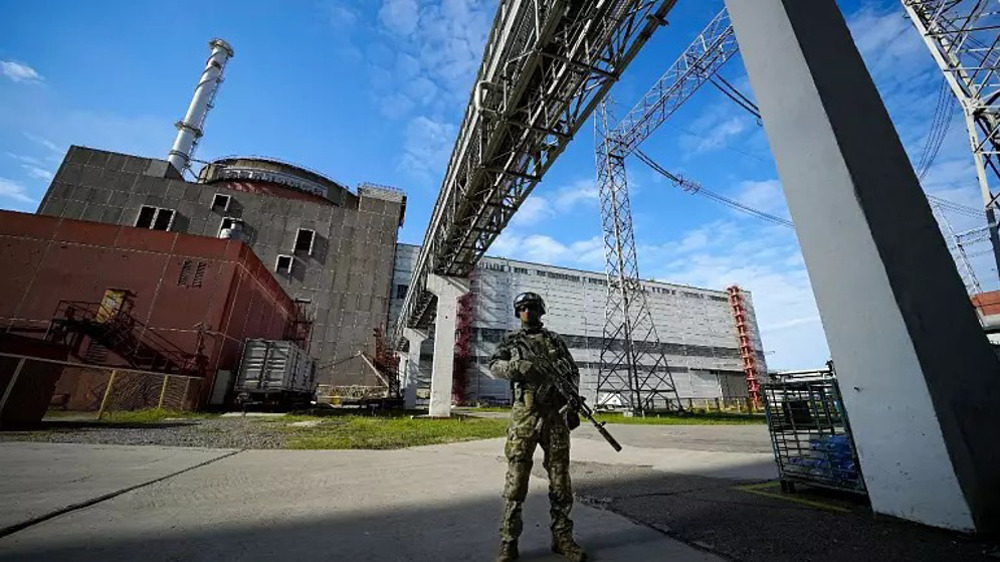

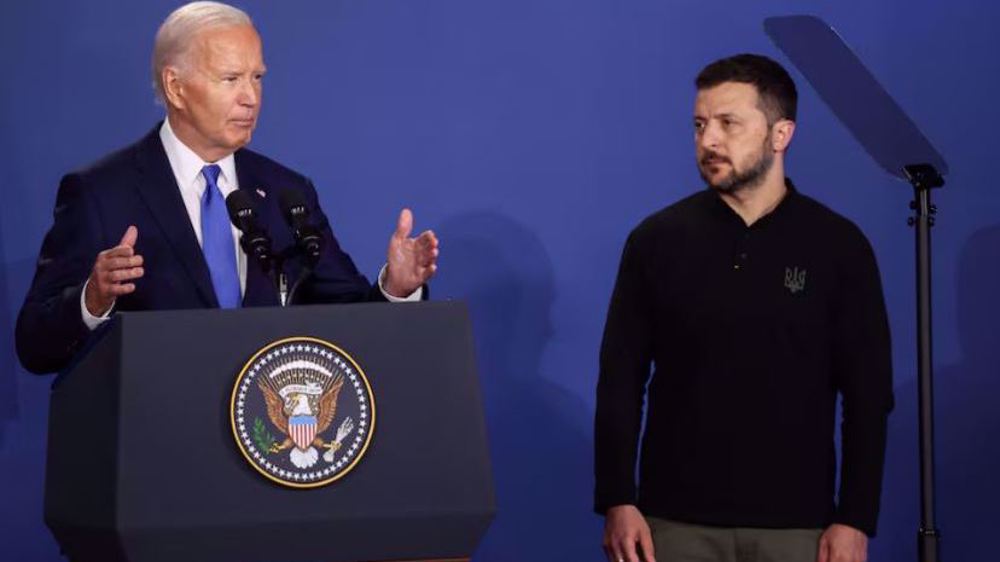
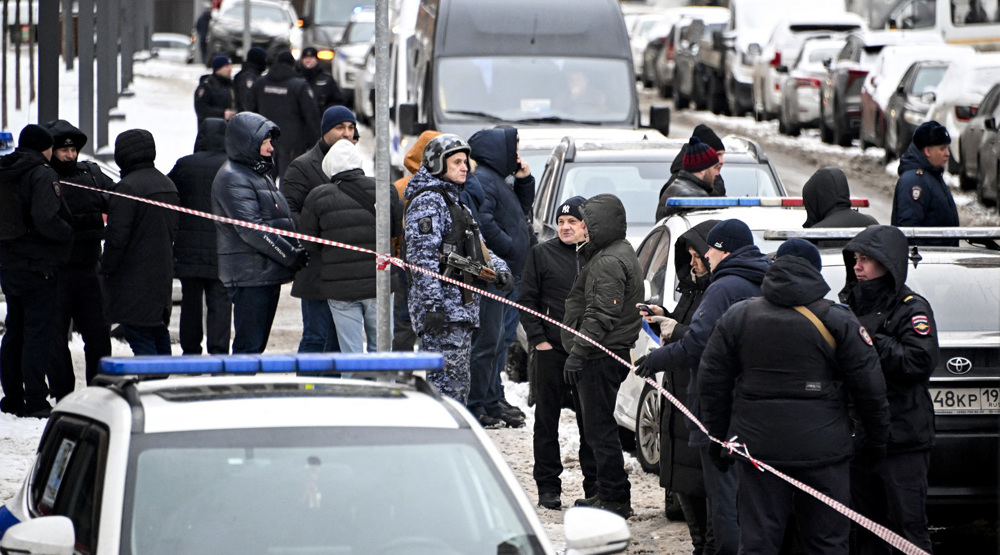



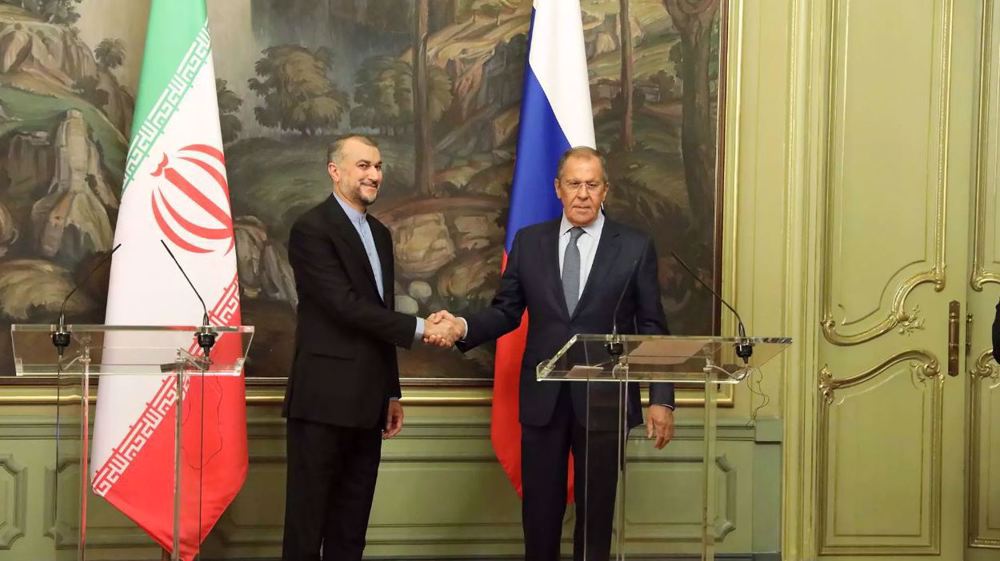
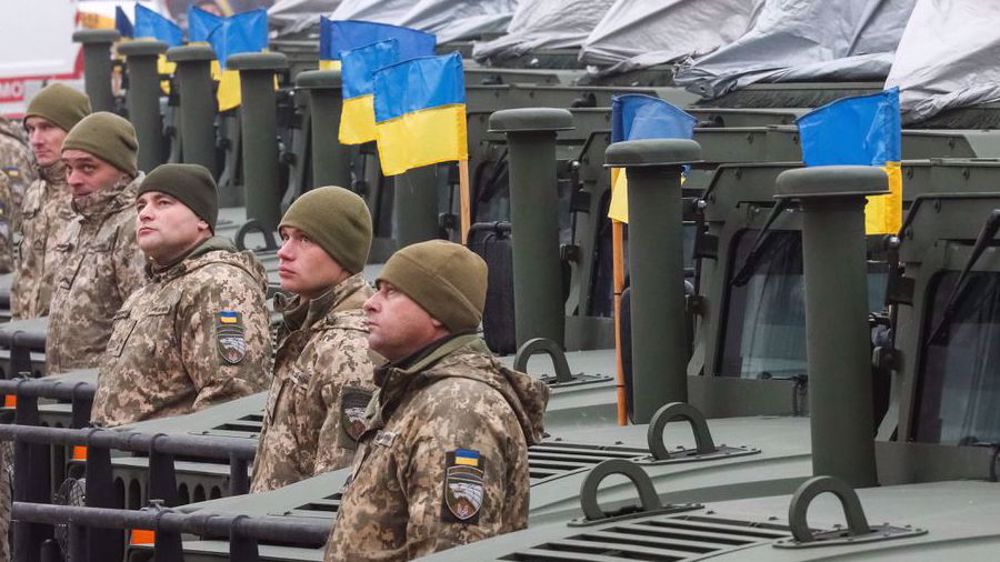
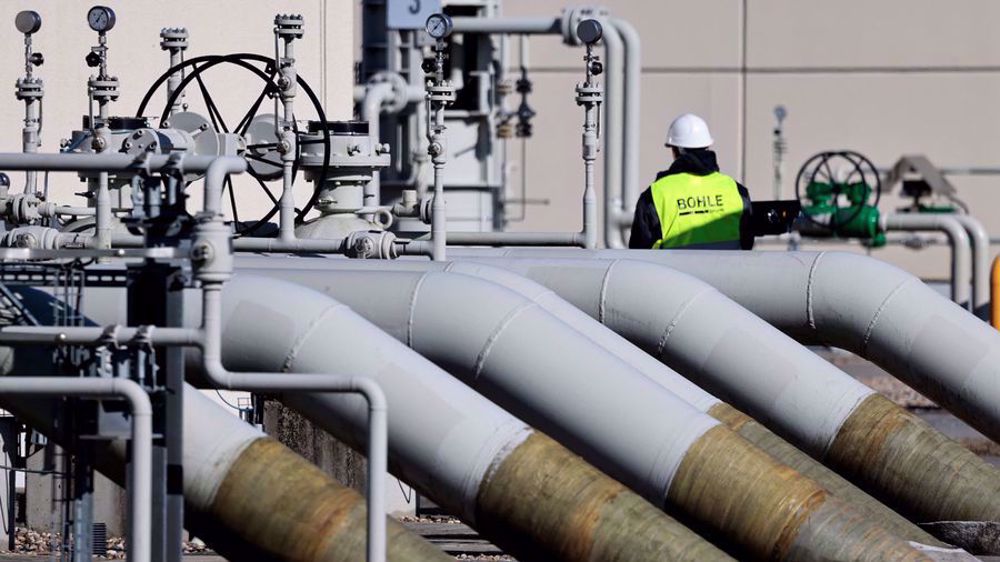

 This makes it easy to access the Press TV website
This makes it easy to access the Press TV website